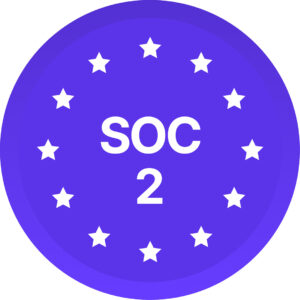Many companies are investing in Diversity, Equity, and Inclusion DEI training programs to create a more inclusive environment for their employees. One effective modality in DEI learning is facilitated discussion. This article explores the benefits of facilitated discussions in DEI learning and the strategies for conducting successful discussions.
Facilitated discussion is a group learning activity designed to promote active engagement and dialogue among participants. In a facilitated discussion, a skilled moderator guides the group in exploring a topic or issue through open-ended questions, listening, and feedback. Facilitated discussions are an effective modality in DEI learning because they encourage participants to share their perspectives, experiences, and insights. They also provide a safe and respectful environment for participants to learn from each other’s diverse perspectives.
One significant benefit of facilitated discussions in DEI learning is that they help participants develop empathy and understanding toward people with different backgrounds and experiences. According to a study published in the Journal of Social Psychology, discussions that focus on diversity issues can increase participants’ awareness and empathy toward equity-seeking groups. By creating a safe and respectful environment for participants to explore diversity issues, facilitated discussions can help break down stereotypes and biases.
Research has shown that facilitated discussions in the workplace can reduce racial bias and improve work performance. According to a study by the National Bureau of Economic Research, diversity training programs that include facilitated discussions can result in a 7.5% increase in productivity for female employees and an 11% increase for minority employees.
Facilitated discussions also promote active listening and communication skills. Participants learn how to listen actively, express themselves clearly, and avoid making assumptions. According to a study published in the Journal of Social Psychology, facilitated discussions increase communication skills and help participants understand the perspectives of others.
To conduct successful facilitated discussions in DEI learning, it is essential to establish a safe and respectful environment. The facilitator should set clear ground rules for communication, encourage active listening and participation, and intervene when necessary to maintain a respectful tone. The facilitator should also avoid imposing their own views and biases on the discussion and instead focus on promoting dialogue among participants.
Selecting appropriate topics is another crucial aspect of successful facilitated discussions. The facilitator should choose topics that are relevant, engaging, and inclusive of diverse perspectives. The facilitator should also consider the participants’ cultural backgrounds, experiences, and comfort levels when selecting topics.
Facilitated discussions are an effective modality in DEI learning. They provide a safe and respectful environment for participants to explore diversity issues, develop empathy and understanding towards marginalized groups, and improve communication skills. Successful facilitated discussions require skilled facilitation, clear communication, and appropriate topic selection. Companies investing in DEI training programs that include facilitated discussions will likely see positive outcomes such as increased employee engagement, improved performance, and reduced bias.
Facilitated discussions provide a valuable opportunity for participants to share their perspectives, experiences, and insights on diversity, equity, and inclusion. Through open-ended questions, active listening, and feedback, facilitated discussions encourage participants to learn from each other’s diverse perspectives and foster a more inclusive workplace environment.
_________
References
Coffman, K. B., & Niederle, M. (2015). Workplace Demographics and Productivity: Evidence from the Introduction of Civil Rights. National Bureau of Economic Research.
Holley, L. C., & Steiner, D. D. (2005). Facilitating Learning with Facilitated Dialogue. New Directions for Adult and Continuing Education, 107, 31-42.
Stephens, N. M., Fryberg, S. A., Markus, H. R., Johnson, C. S., & Covarrubias, R. (2012). Unseen disadvantage: How American universities’ focus on independence undermines the academic performance of first-generation college students. Journal of Personality and Social Psychology, 102(6), 1178–1197.
Tropp, L. R., & Pettigrew, T. F. (2005). Differential relationships between intergroup contact and affective and cognitive dimensions of prejudice. Personality and Social Psychology Bulletin, 31(9), 1145–1158.
Wiley, A. (1995). What Are Facilitated Dialogue and How Are They Used? National Issues Forums Institute.
This blog was originally published by Diversio EDU (formerly CCDI Consulting) in April 2023.
Our newsletter and blogs feature personal opinions and diverse viewpoints. We aim to create a safe space for our team to share their perspectives on diversity and inclusion. Please note that individual articles may not align with every reader’s view or comprehensively cover a topic. We appreciate the diversity of opinions and respect our team’s contributions.

